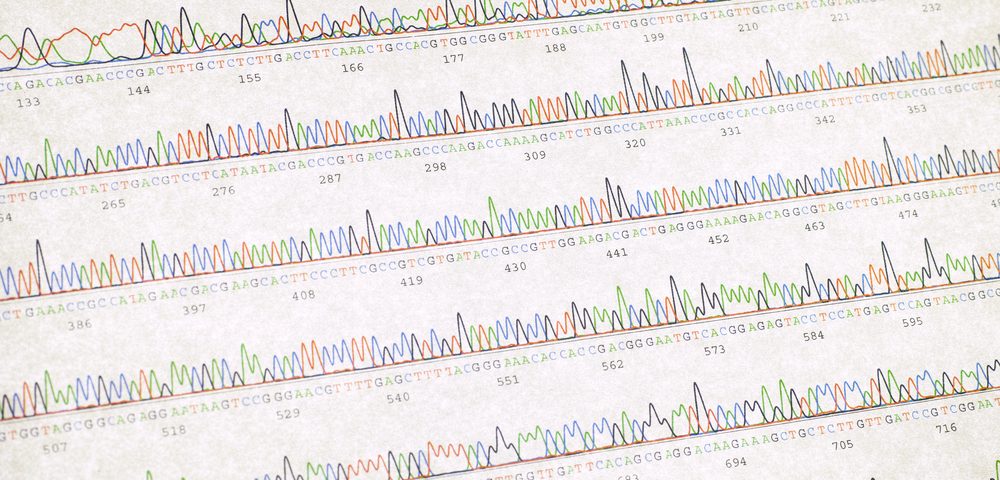Two genetic variants in the gene ADAM10, a gene linked to the Alzheimer’s protein amyloid-beta, appear to protect people from epilepsy, according to recent research from China.
In addition to demonstrating the presence of protective genes, the study, “Promoter Variants of the ADAM10 Gene and Their Roles in Temporal Lobe Epilepsy,” published in the journal Frontiers in Neurology, advances our understanding of how the two diseases may be linked.
Researchers have noted that patients with Alzheimer’s disease have a six- to 10-fold risk of also developing seizures, and scientists have hypothesized that the formation of plaque containing amyloid-beta proteins in these patients somehow causes brain damage that increases the risk of epilepsy.
Amyloid-beta is produced by the cleavage of amyloid precursor protein, or APP. If cleaved by two enzymes, called beta and gamma secretases, APP turns into the feared amyloid-beta. But if the ADAM10 protein cleaves APP, it is turned into a harmless protein not capable of aggregating. ADAM10 has been found in lower-than-normal amounts in the brain of rats exposed to epileptic seizures, and mice lacking the factor suffer repetitive convulsions.
Researchers at the Affiliated Hospital of Guangdong Medical University hypothesized that the factor might be protective against epilepsy, and analyzed two gene mutations in the region of the ADAM10 gene where the process of protein production is initiated. They recruited 496 patients with temporal lobe epilepsy, and 528 healthy volunteers for this task, comparing their genetic makeup with traits such as age at onset of epilepsy, initial seizure types before treatments, and responses to drug treatments.
At one site of this so-called promoter region, the DNA base G (guanine), found in most people, is substituted for an A (adenine) in a minority (expressed as G>A at position 1). Likewise, an A base at the second spot is exchanged for a C (cytosine) in some (A>C at position 2).
The research team found that having two gene copies with the most common A base in the first spot was actually more common in patients than in controls. This setup was also associated with drug resistant temporal lobe epilepsy. When looking at the two positions combined, researchers noted that the less common A and C bases were more often found in healthy volunteers, indicating that the two gene variants were protective against epilepsy. In particular, the A-C combination seemed to protect from generalized tonic clonic seizures and drug-resistant temporal lobe epilepsy.


